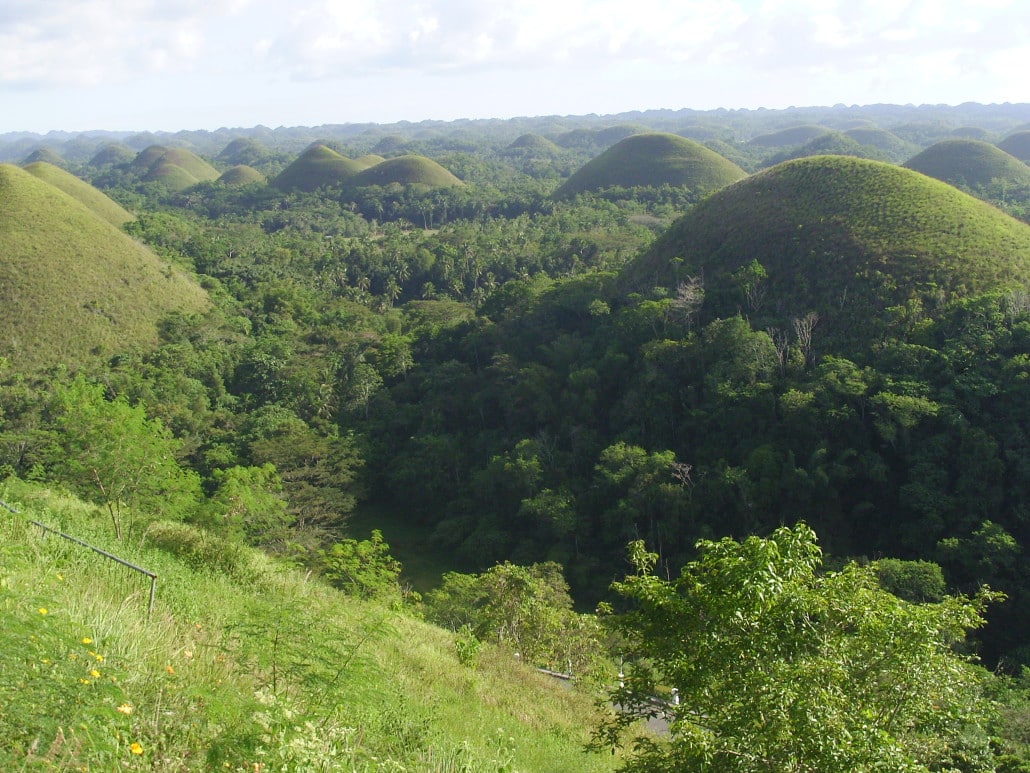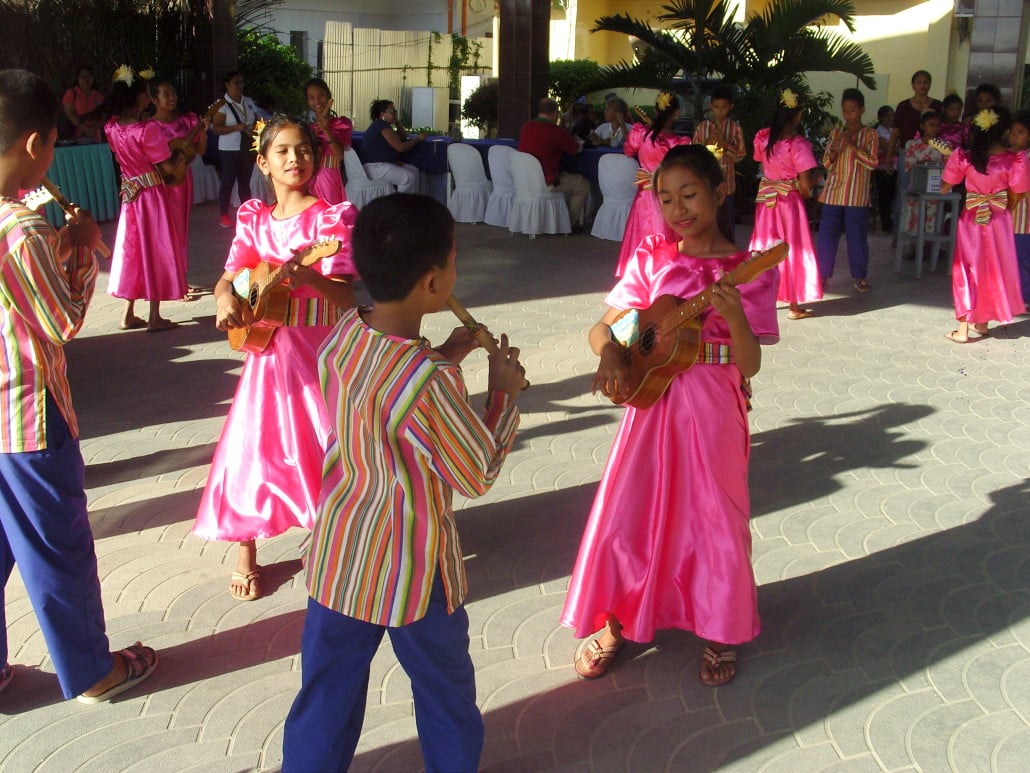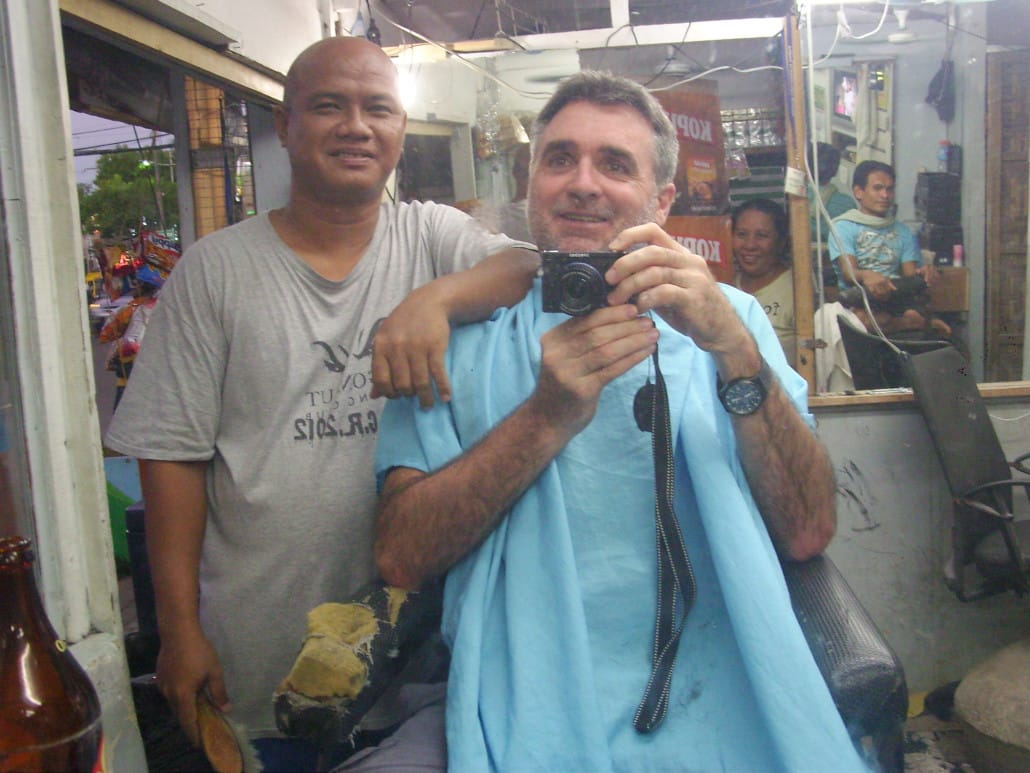
“We are not mere neighbors, and neither are we competitors; we are partners in the pursuit of inclusive, sustainable growth.” Philippine President Benigno S. Aquino III, addressing opening ceremony of 2016 ASEAN Tourism Forum.
Southeast Asia holds vast potential in terms of tourism. 2015 saw tourist arrivals reach 108 million, a staggering 44% increase from 74 million tourist arrivals in 2010. Of those 108 million visitors, 50 million came from within Southeast Asia itself. The idea of the whole being greater than the sum of its parts is not lost on this region. The Association of Southeast Asian Nations (ASEAN) is an organization comparable to the European Union with its enduring effort to achieve regional solidarity. Manila (Philippines) recently hosted the 35th annual ASEAN Tourism Forum (ATF). This year’s theme was “ASEAN–One Community for Sustainability.”
Since its inauguration in 1981, the annual ATF rotates alphabetically through its 10 member-countries with a total of 570 million people—Brunei, Cambodia, Indonesia, Laos, Malaysia, Myanmar, Philippines, Singapore, Thailand, and Vietnam. The tourism fusion of Southeast Asia’s 10 countries and their amazingly varied cultures poses several challenges, one of which is the region’s diversity. ASEAN members range from wealthy Singapore and Brunei to agrarian Laos and Cambodia. Politics also run the spectrum, from the democratic Philippines, which is largely Christian, to Indonesia, which encompasses the world’s largest Muslim population—to, until recently, a difficult-to-access Myanmar.
This forum is ultra-focused on how its member countries can work together to market themselves as one destination. Philippine Tourism Minister Jimenez noted, “Our region is characterized by ‘coopetition’—a cooperative, collaborative decision by all players to compete with each other so that the world will choose the region before choosing the country.”
ATF 2016 attracted 2,620 delegates from more than 40 countries, including 1000 exhibitors, 457 international buyers, TRAVEX suppliers, and 175 international and local media. Press conferences led by tourism ministers from member countries created buzz about plans for a single or no-visa policy for the entire region, as this visa-free tourism strategy will help create an ideal single destination.

More news from the 35th ASEAN Tourism Forum, by member country:
- Brunei: Brunei announced the construction of two mega-bridge crossings (Temburong at 1.6 billion and Sungai at 139 million). The 30-km Temburong Bridge will cut the 90-minute car journey down to 20 minutes. The last Malay Kingdom celebrates its options to play golf or polo, dive, or relax in a plush resort. While under 10,000 Americans visit Brunei each year, it’s rich in rainforest and mountain terrain (especially in neighboring Borneo) that could be very attractive to adventure travelers.
- Cambodia: Cambodia’s vision for 2020 is increasing international arrivals to 7.5 million (2015 welcomed five million visitors). Discussion continues on building a new road to Angkor Wat. The dispute is that it would increase the number of day trips and cut down on overnight stays at Angkor Wat, which would weaken the economy and potentially degrade the ruins. The “Kingdom of Wonder” now partners with Thailand for a single visa option.
- Indonesia: Despite occasional setbacks, international tourist arrivals have shown virtually uninterrupted growth: 25 million (1950), 278 million (1980), 528 million (1995), and 1,150 million (2015). Cruising Indonesia’s huge archipelagos is becoming more popular, exposing the country’s beautiful coastline outside of Bali, largely the only destination most Americans visit. Indonesia’s presence on Borneo is often also overshadowed by Bali, making it perhaps one of the best kept secrets in Southeast Asia.
- Laos: Laos announced the ASEAN Ecotourism Forum in Vientiane, June 18-23, 2016. The conference is focused on mainstreaming ecotourism and responsible travel in Southeast Asia. The “Jewel of the Mekong” recertified its country’s commitment to improving the roads and transportation infrastructure, allowing tourists to move easily throughout the country without flying. Luang Prabang continues to be one of the main draws for western travelers, and Laos is aiming to help places like Vang Vieng evolve from backpacker hangouts to upscale destinations.
- Malaysia: Malaysia now has direct airline connections to 80 destinations. Tourism partners created a new ASEAN Adventure Travel Booklet for youth/backpacker market. A highlight of their more than 50 annual festivals is the Rainforest World Music Festival. The “Malaysia Truly Asia” campaign continues showcasing the best of its mixed native, Malay, Chinese, and Indian heritage.
- Myanmar: Myanmar has identified tourism as one of its top five priority sectors. In 2015, ATF was held in Myanmar for the first time. Tourism continues to grow at an amazing rate. The country is working to improve transit, road conditions and flight options. I can testify that the online tourist e-visa (evisa.moip.gov.mm $50) and business visa on-arrival ($40) both work.
- The Philippines: The Philippines welcomed 5.36 million tourists in 2015, and 11% increase from 2014. I enjoyed Philippine Airlines‘ new direct flight from New York (JFK) to Manila (via Vancouver). The Philippines’ 7,017 islands share some form of American-influenced musical, religious and Hollywood traditions. The US remains its second-largest market, the first being South Korea (one out of four tourists here are Korean).
- Singapore: Singapore’s tourist office recently launched a partnership with TripAdvisor. Indonesians topped their international arrivals category in 2015. One of the country’s most ambitious projects is a high-speed railway link to Kuala Lumpur, with an aim to eventually extend through Thailand to Kunming, China. Tourists are flocking to their new offerings, including the National Gallery, Pinacotheque de Paris Art Museum and Chinatown Street Market.
- Thailand: The “Amazing Thailand” brand (reinvented “Thainess”) continues setting the example for tourism in Southeast Asia with growing golf and health/wellness sectors. The country is considering waiving its tourist visa fees, but not its exotic culture of service.
- Vietnam: Vietnam announced hosting ITE HCMC in Saigon September 8-10, 2016: the largest travel event in Vietnam/Mekong region. The popular yet hard-to-reach Northern Highlands of Vietnam are now more accessible thanks to a new road from Hanoi to Sapa that halves the travel time between Hanoi and Lao Cai to only 3.5 hours. Vietnam continues trying to simplify its visa policy, which recently doubled in price.
∞ ∞ ∞ ∞ ∞

Tourism also encourages human connectivity—one of the key strategies towards ultimately achieving the ASEAN community. Peter Semone, Chief Technical Adviser for the Lao National Institute of Tourism and Hospitality (Lanith) adds to this concept: “Reaching towards greater sustainability in tourism is paramount to our future and there is no better time than the present to create a community led movement to achieve these goals. One must not forget that these initiatives must translate into the local context if lasting sustainability measures are to be accomplished.”
ASEAN cohesion emphasizes partnerships rather than competition. Tourism Ministers continue developing a mutual recognition agreement aimed to improve the quality of human resources and giving workers in the tourism sectors of member countries a chance to work in other countries. A single market free-trade agreement is another goal of the association. Until December 2008, the 40-year-old organization had no written constitution. The new charter sets a 2016 goal for establishing economic integration via a 10-country free-trade zone and established commitments respecting human rights, democratic principles, and keeping the region free of nuclear weapons. Binding the 10 members to an enhanced legal framework, the regional charter sets out their shared aims and methods of working together.
∞ ∞ ∞ ∞ ∞
For more information visit ATF Philippines. ATF 2017 will be in Singapore. Lonely Planet’s Philippines travel guide is a great resource for discovery.




